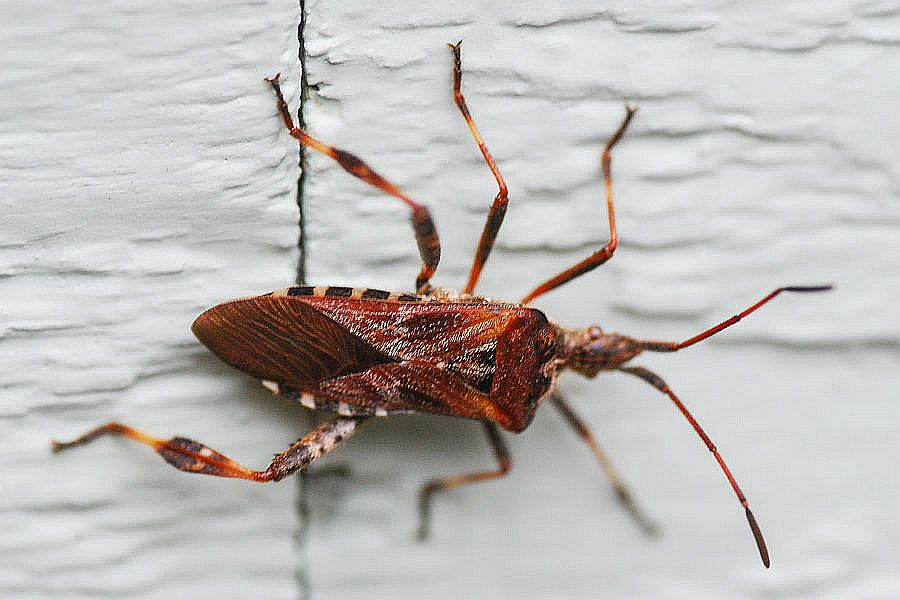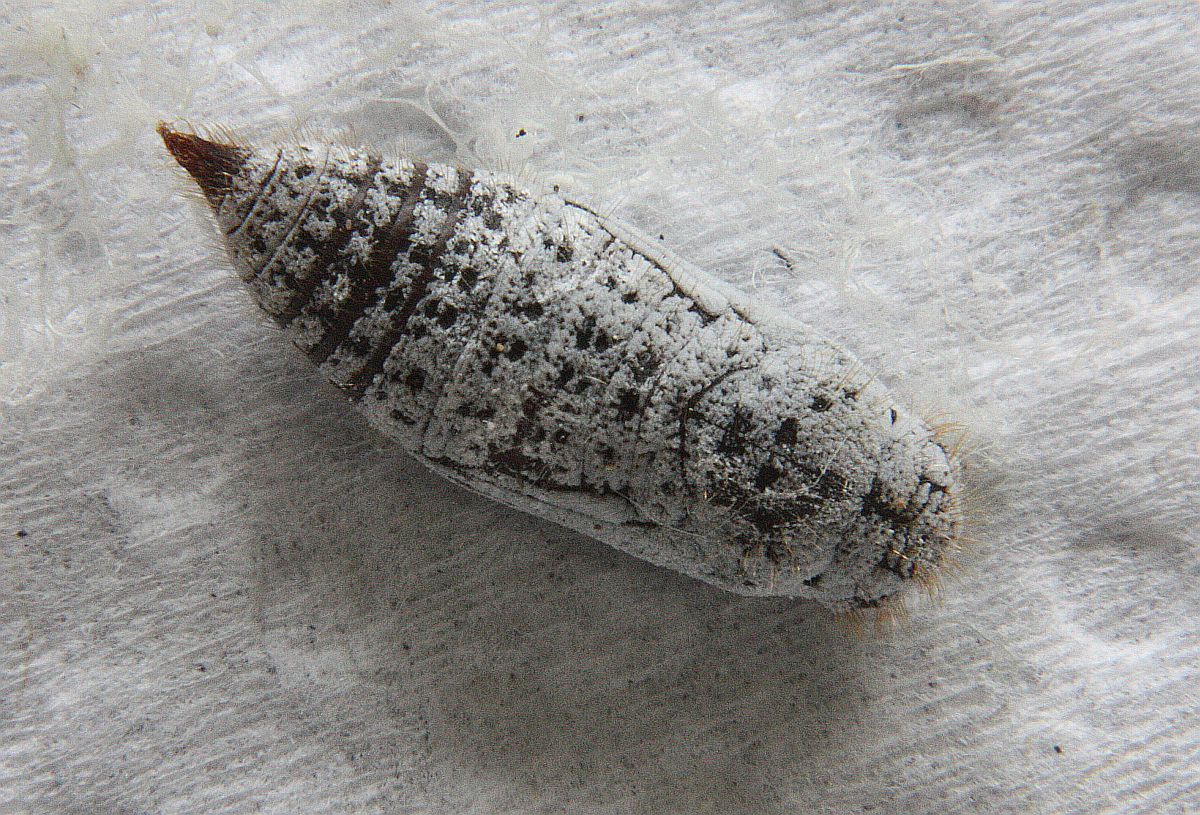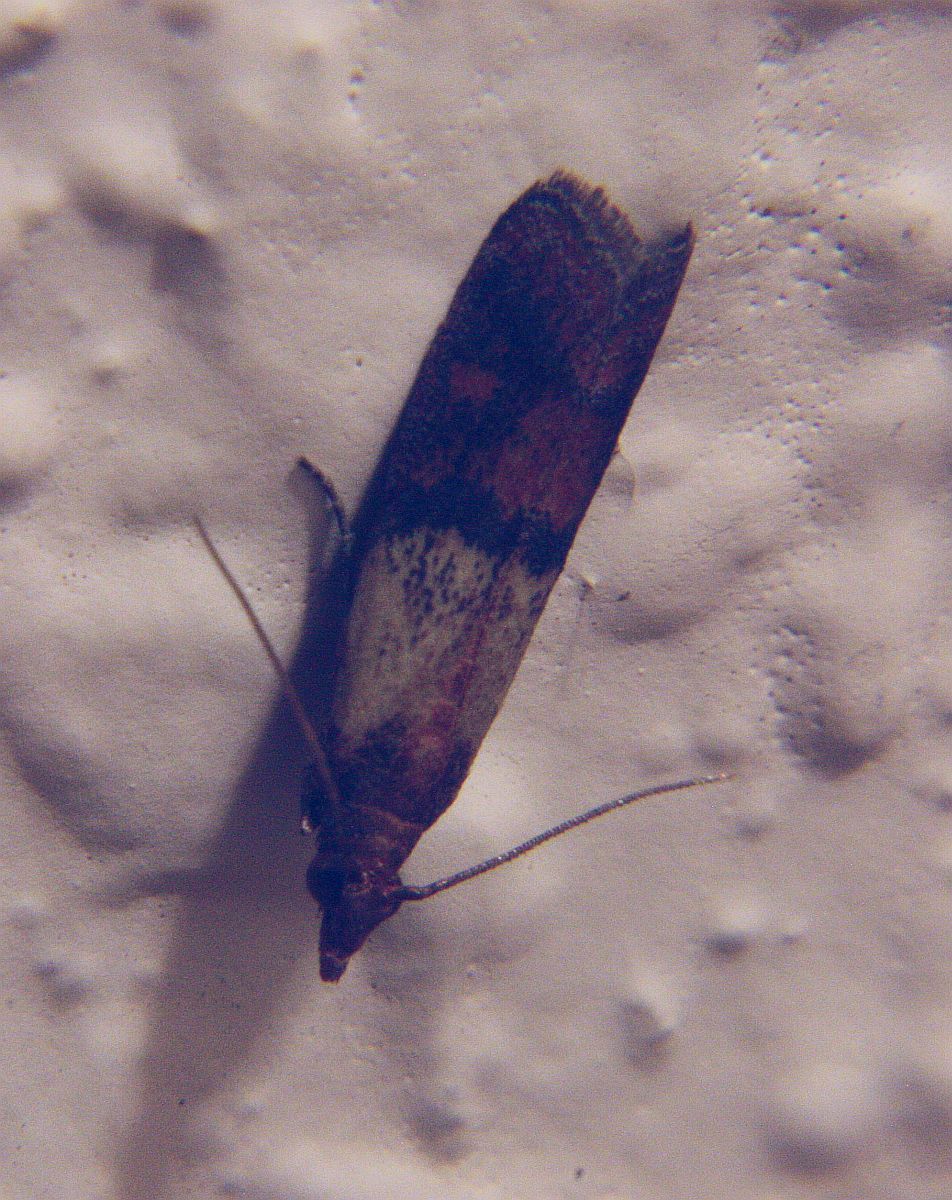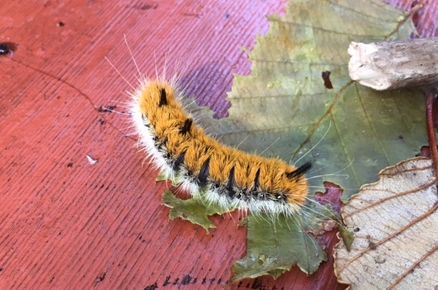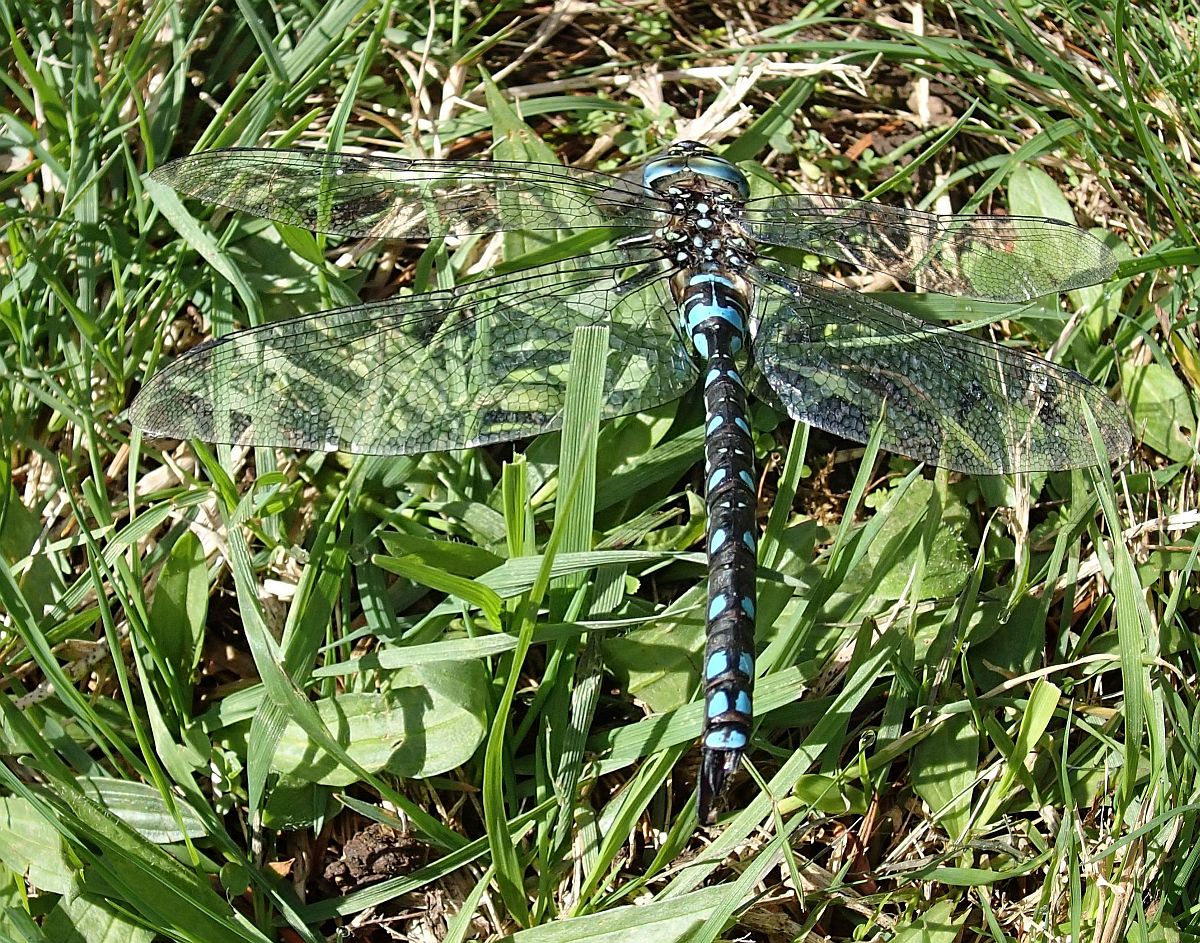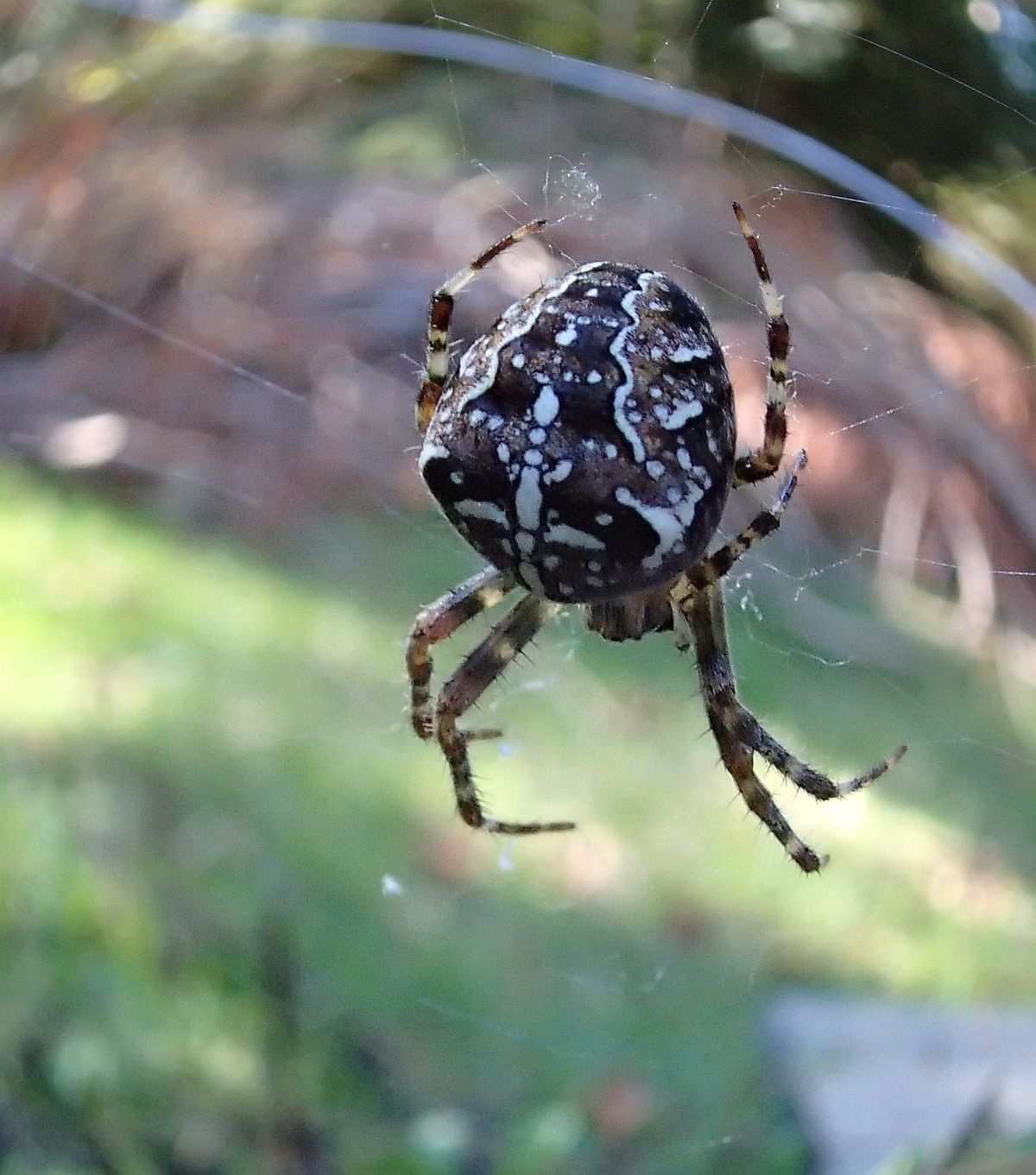2016 October 12
After a spell of fine weather, we are now promised several days of fierce storms, so the numbers of invertebrates to be seen will be reduced, and we may have seen our last butterfly of the year. We’ll keep Invert Alert going through the winter, so keep your contributions coming in, though there may not be postings every day. I’ll take the opportunity now of thanking the many contributors for the huge variety of observations and photographs – and the very high quality of the photographs – that you have sent in to this site. And thank you, too, to the several experts who have helped us to identify some of the more puzzling creatures. Thank you all very much – and keep them coming! Jeremy Tatum
Cheryl Hoyle sends a photograph of a grasshopper from Metchosin, October 10. Thanks to Claudia Copley for identifying it as Melanoplus sp.
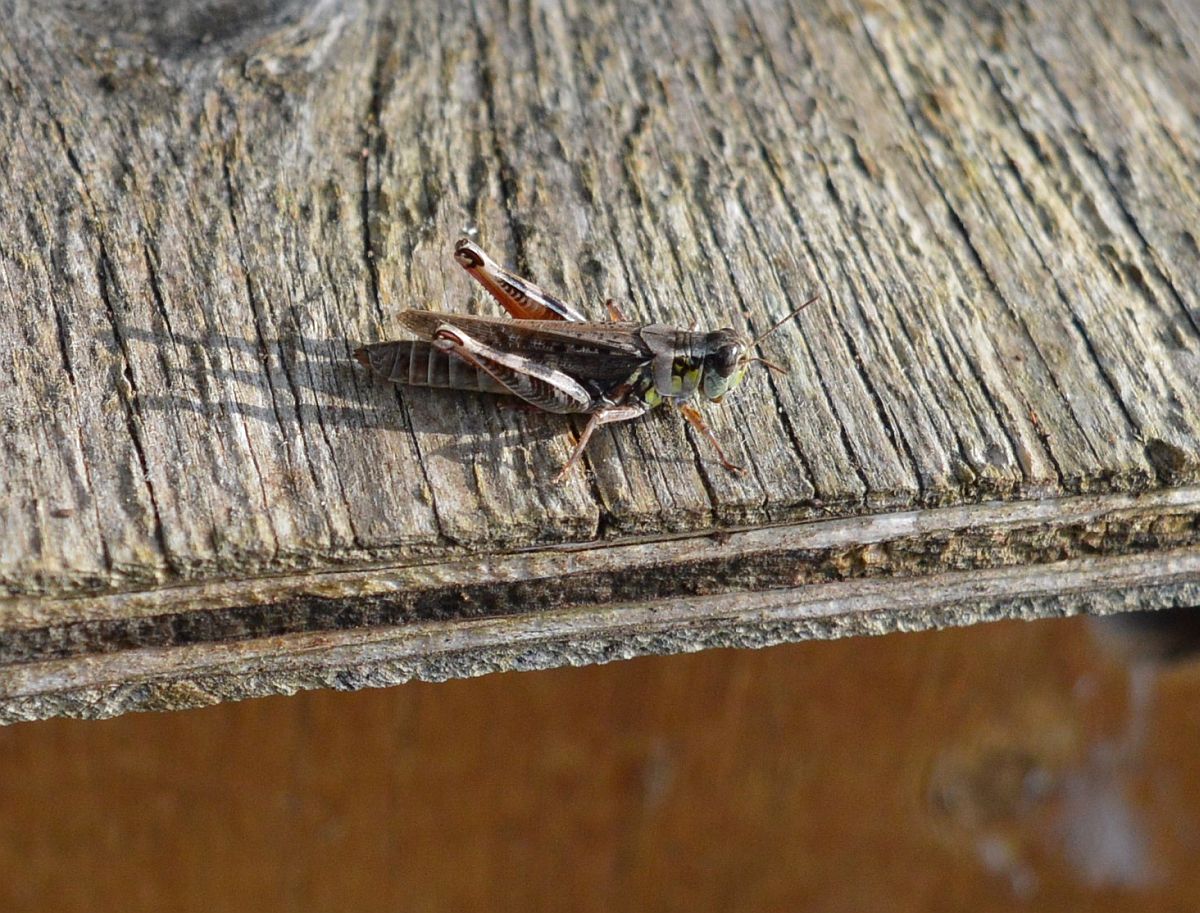
 Grasshopper Melanoplus sp. (Orth.: Acrididae) Cheryl Hoyle
Grasshopper Melanoplus sp. (Orth.: Acrididae) Cheryl Hoyle
Liam Singh sends a picture of a springtail, Entomobrya intermedia from his Jade Place home. Not all insects have wings, but those that don’t (example: fleas) have evolved from winged ancestors in the distant past, and they no longer have or need them in their present way of life. Springtails, on the other hand, are primitively wingless; they did not evolve from winged ancestors. For this and other reasons, they are no longer considered to be insects. You can call them entognaths or hexapods, but not insects. Most people will settle for springtails.
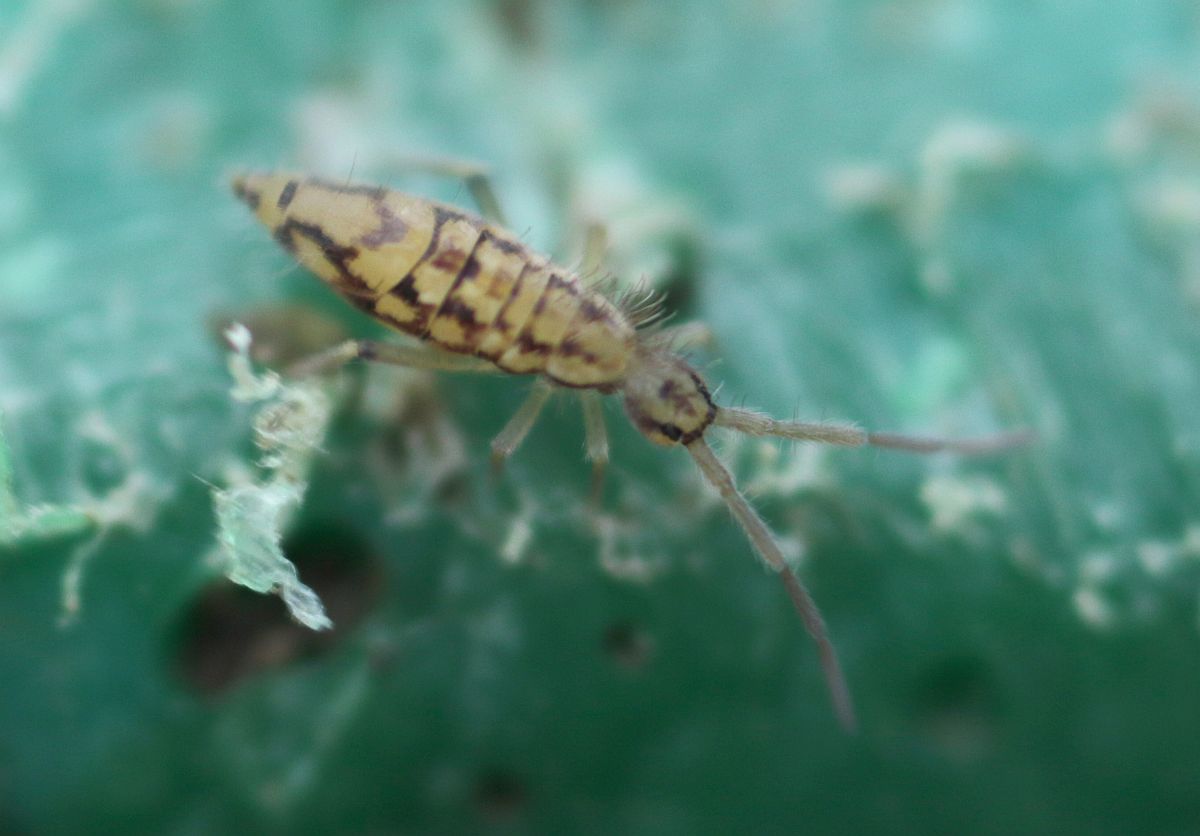
 Springtail Entomobrya intermedia (Collembola: Entomobryidae) Liam Singh
Springtail Entomobrya intermedia (Collembola: Entomobryidae) Liam Singh
Since yesterday we have managed to identify Liam’s bark louse shown in yesterday’s posting. It’s about the same size as the springtail, but it has wings, so it is a genuine insect! Scroll down to October 11 to see the identification.

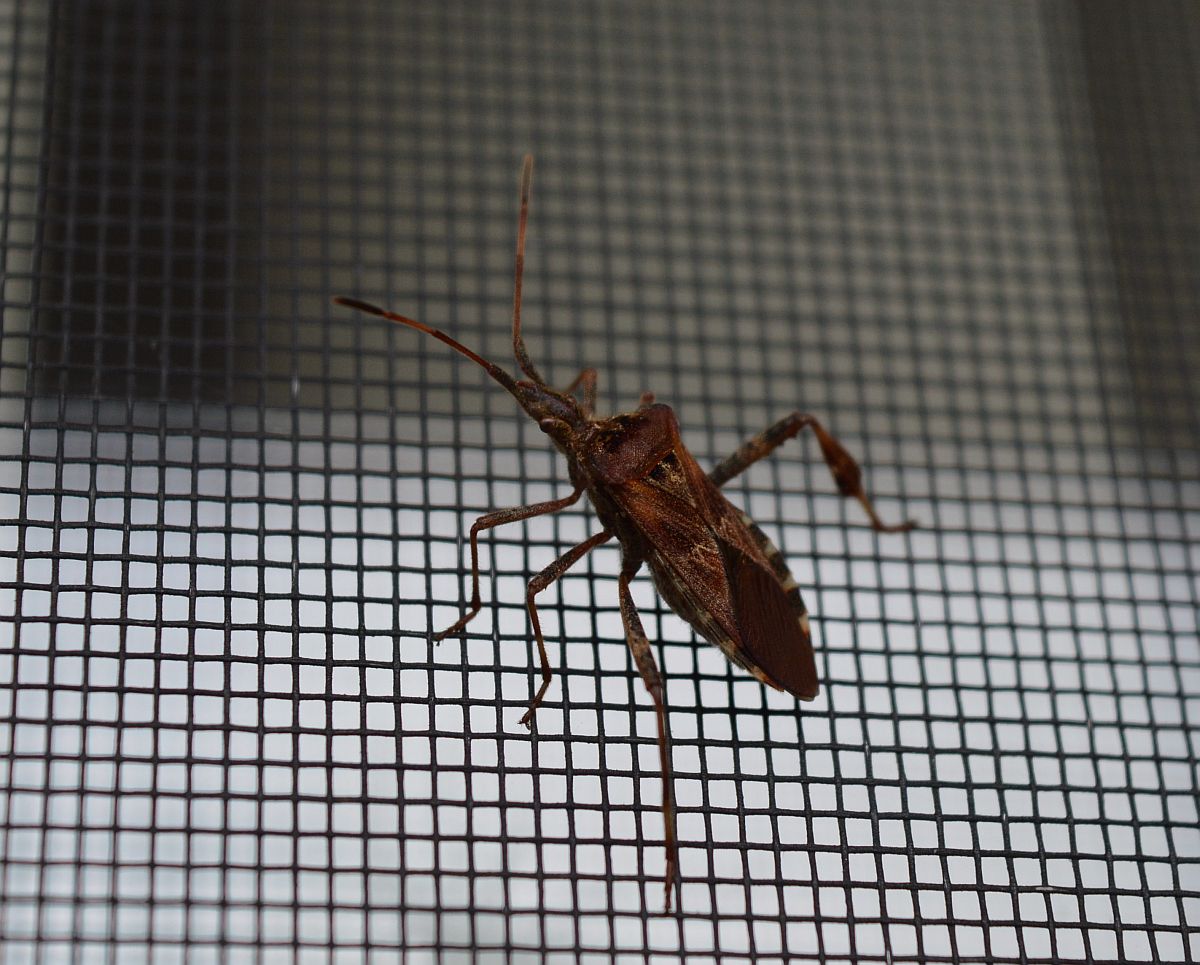
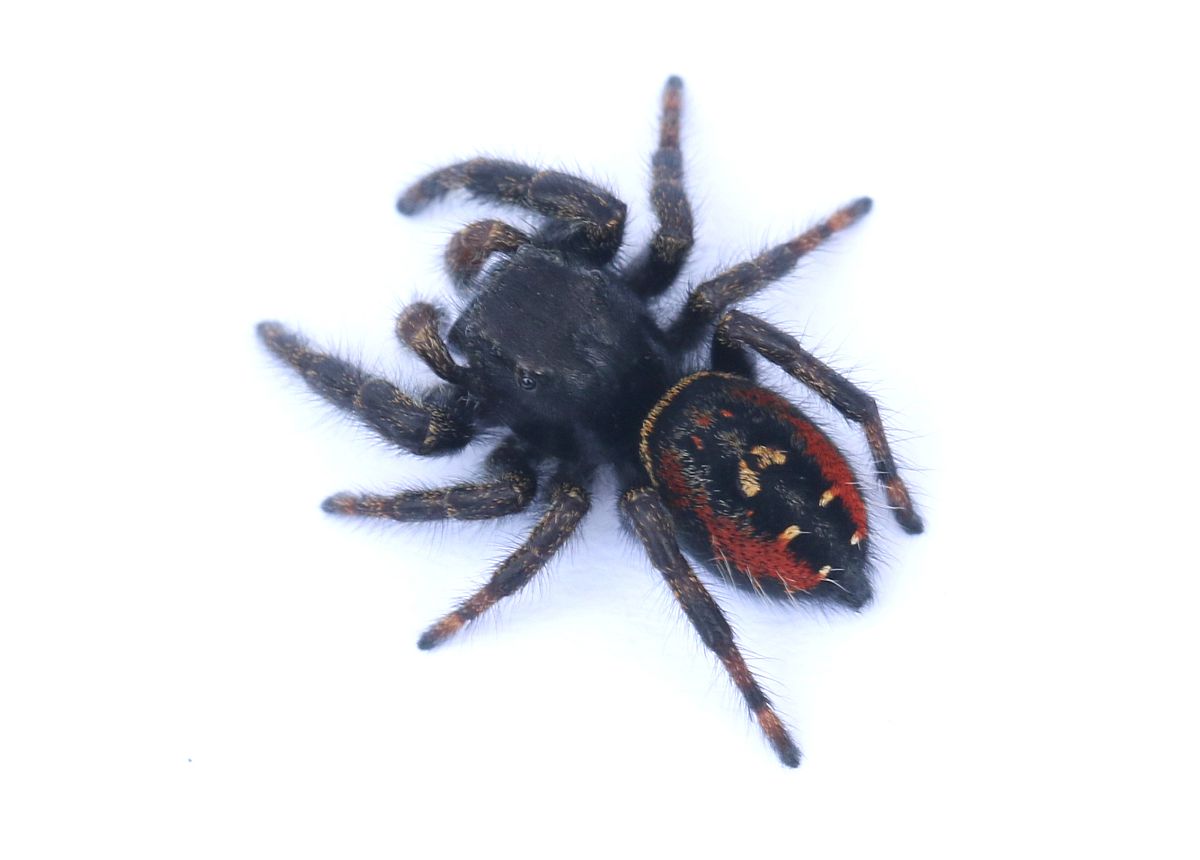
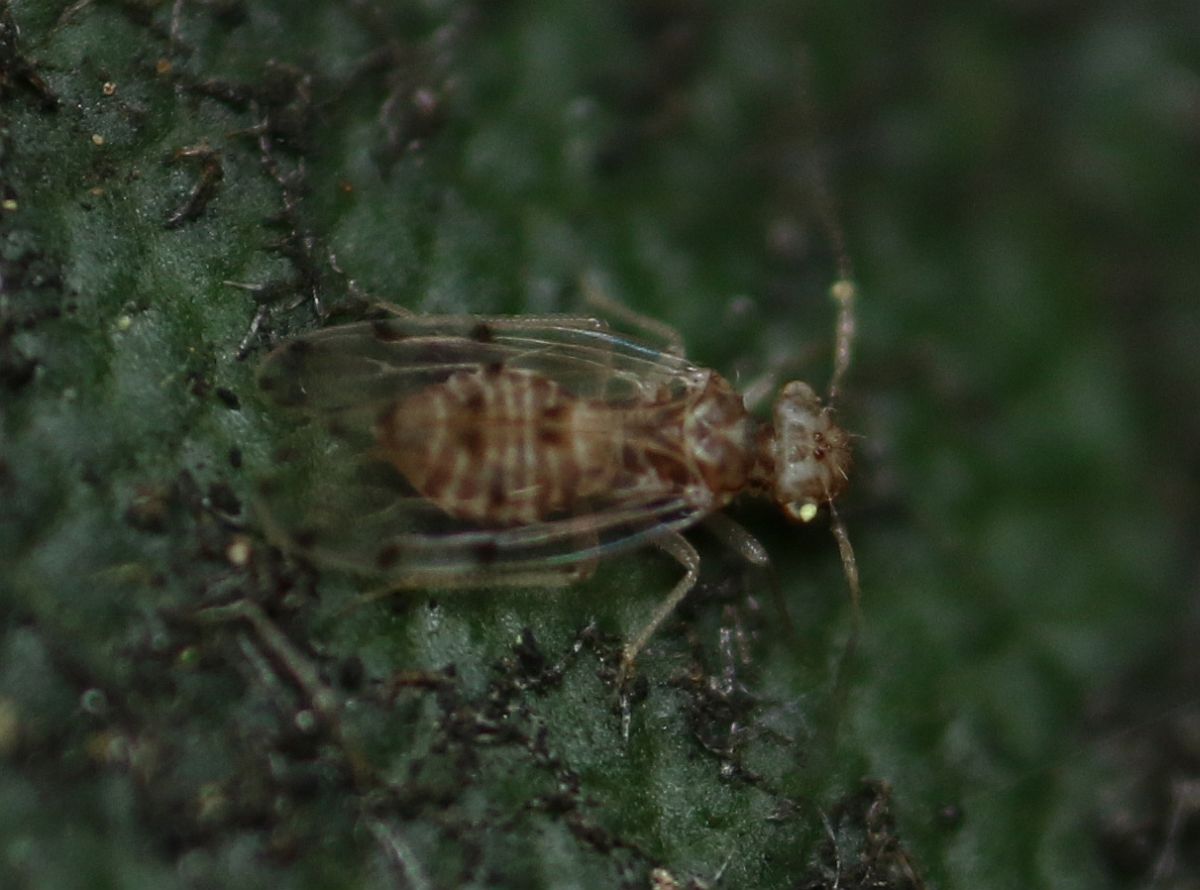
 Bark louse Ectopsocus californicus (Pso.: Ectopsocidae) Liam Singh
Bark louse Ectopsocus californicus (Pso.: Ectopsocidae) Liam Singh